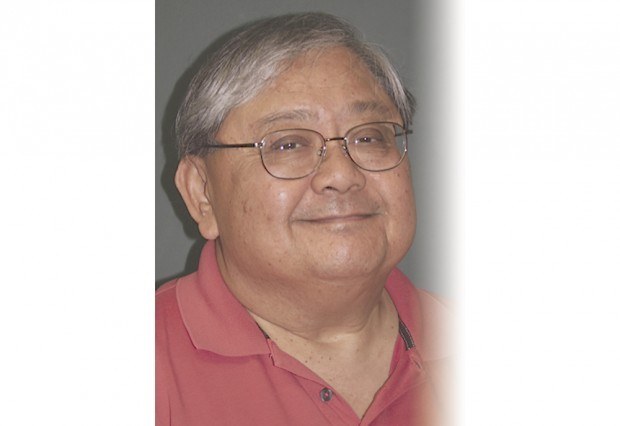For a variety of reasons, many people, particularly those in the baby boom generation, are considering retiring later than they might have originally planned. If you’re in this group, you’ll want to take full advantage of those extra working years
For a variety of reasons, many people, particularly those in the baby boom generation, are considering retiring later than they might have originally planned. If you’re in this group, you’ll want to take full advantage of those extra working years by contributing as much as you can to a retirement plan that can help you build resources, defer taxes and, ultimately, maximize income. And if you own a small business, you’ve got some attractive plans from which to choose. Let’s look at two of these retirement plans — the “owner-only” 401(k) and the defined benefit plan.
If you have no employees other than your spouse or a partner, you can establish an “owner-only” 401(k), also known as an individual 401(k). This plan offers many of the same advantages of a traditional 401(k): a range of investment options, tax-deductible contributions and the opportunity for tax-deferred earnings growth. You may even be able to choose a Roth option for your 401(k), which allows you to make after-tax contributions that have the opportunity to grow tax free.
Your owner-only 401(k) contributions consist of two parts: salary deferral and profit sharing. In 2011, you can defer up to $16,500 of income, or $22,000 if you’re 50 or older. The amount of your profit-sharing contribution is based on your earnings. The sum of your employer contribution and your salary deferral contributions can’t exceed $49,000 in 2011 (or $54,500 if you’re 50 or older). Keep in mind that if your spouse is employed by your business, you each can contribute the maximum amount allowed.
You’ve got considerable flexibility in funding your owner-only 401(k). Both the salary deferral and the profit-sharing contributions are discretionary, so you can change them at any time based on your business’s profitability.
Now, let’s move on to the defined benefit plan, which might be appropriate for you if you are highly compensated and have no other employees. By establishing a defined benefit plan, you’ll be providing yourself with a monthly payment (or “benefit”) for life, beginning at the retirement age specified by your plan. In 2011, the yearly benefit limit is $195,000.
The amount you can contribute to your defined benefit plan each year is based on several variables, including your current age, your compensation level and your retirement age. But you’ll certainly be able to contribute large amounts: A defined benefit plan is the only retirement account that allows contributions in excess of the limits placed on 401(k)s and other defined contribution plans. Generally speaking, the closer you get to retirement, the larger your maximum yearly contributions will be. (This is because you’ll have fewer years left in which to fund your defined benefit.) And since your defined benefit contributions are tax-deductible, you are, in effect, getting a big boost from the government to fund a generous retirement plan.
Here’s one more benefit to owner-only 401(k) and defined benefit plans: You can contribute to both of them at the same time. But before you choose either or both of them, consult with your tax and financial advisors. After all, you work hard to help provide for a comfortable retirement tomorrow — so you’ll want a retirement plan working hard for you today.
• This article was written by Edward Jones for use by your local Edward Jones Financial Advisor Ruben Rea. He may be reached at 632-0351.


